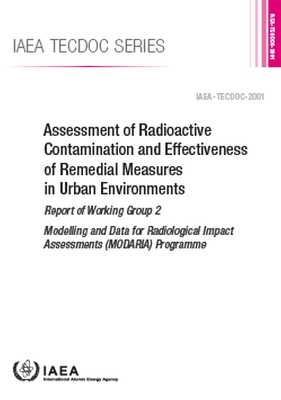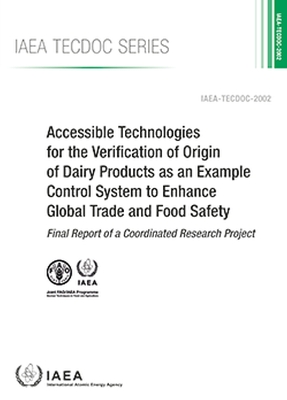IAEA TECDOC Series No.
2 total works
Assessment of Radioactive Contamination and Effectiveness of Remedial Measures in Urban Environments
by Iaea
Published 30 September 2022
Radiological environmental impact assessment models are important tools for public and environmental protection, for example, in planning measures to be taken in the event of accidental releases. This publication was developed to report on results from international model validation exercises conducted within the IAEA's MODARIA I programme to test and improve the modelling for predictions used for environmental transfer and dose assessment in urban areas. Model exercises were focused on: contamination densities and activity concentrations in air following short range atmospheric dispersion and deposition events; prediction of atmospheric dispersion and application of decision support systems under complex meteorological and topographic conditions; and expected reductions in ambient dose rates and activity concentrations due to protective actions following a nuclear accident. The report builds on past IAEA publications and provides relevant examples for use in strengthening the global nuclear safety framework as part of emergency preparedness and response planning following a nuclear or radiological emergency.
As well as the application to food irradiation, nuclear techniques can be used in the detection of contaminants and the verification of the origins and authenticity of food. This publication presents the findings of a joint FAO/IAEA coordinated research project (CRP) on utilizing isotope and trace element analysis, and other complementary analytical techniques, to characterize the origin of authentic milk and dairy products sampled by the participating institutes. The purpose of the CRP was to develop a methodology to implement a sustainable system for the independent verification of the claimed origin of food. Questions concerning origin are among the first to be asked when a food safety incident arises. The results of the project described in this publication will assist Member States to better communicate the qualities and origin related attributes, or terroir, of different food commodities. In addition, verifying the origin of food can help to prevent fraud and thereby reduce barriers to trade and protect and promote added-value products with a strong regional or national identity.

